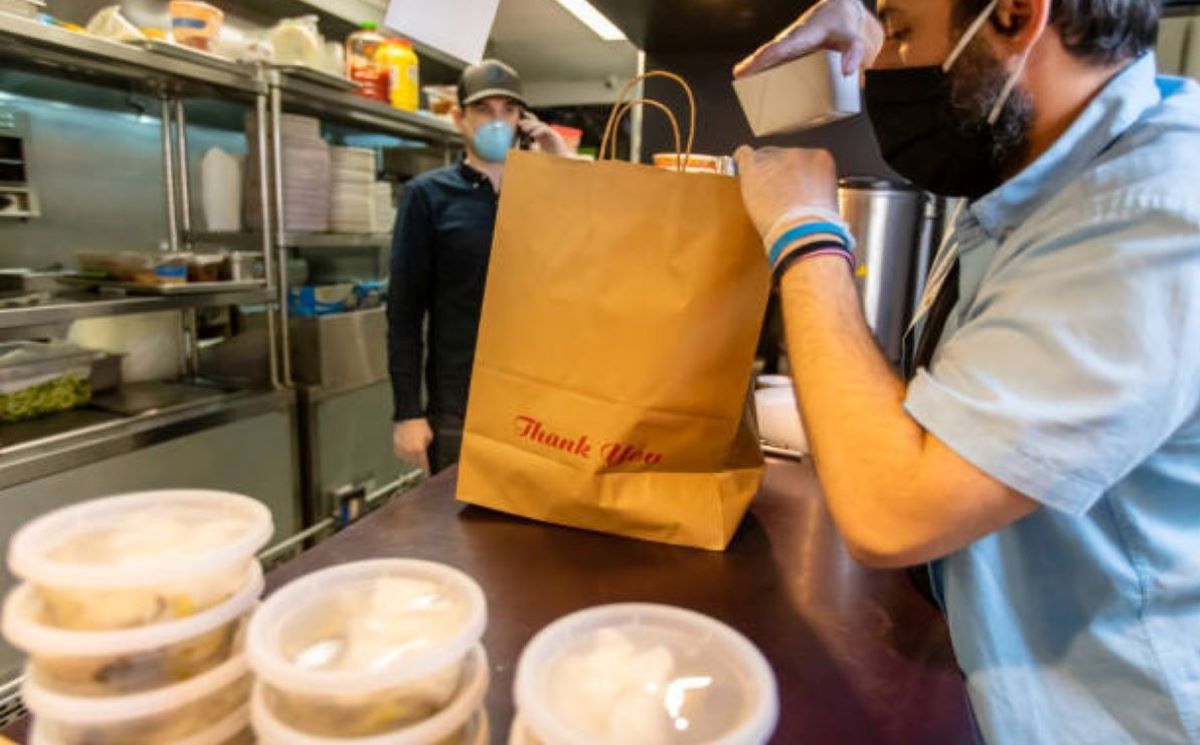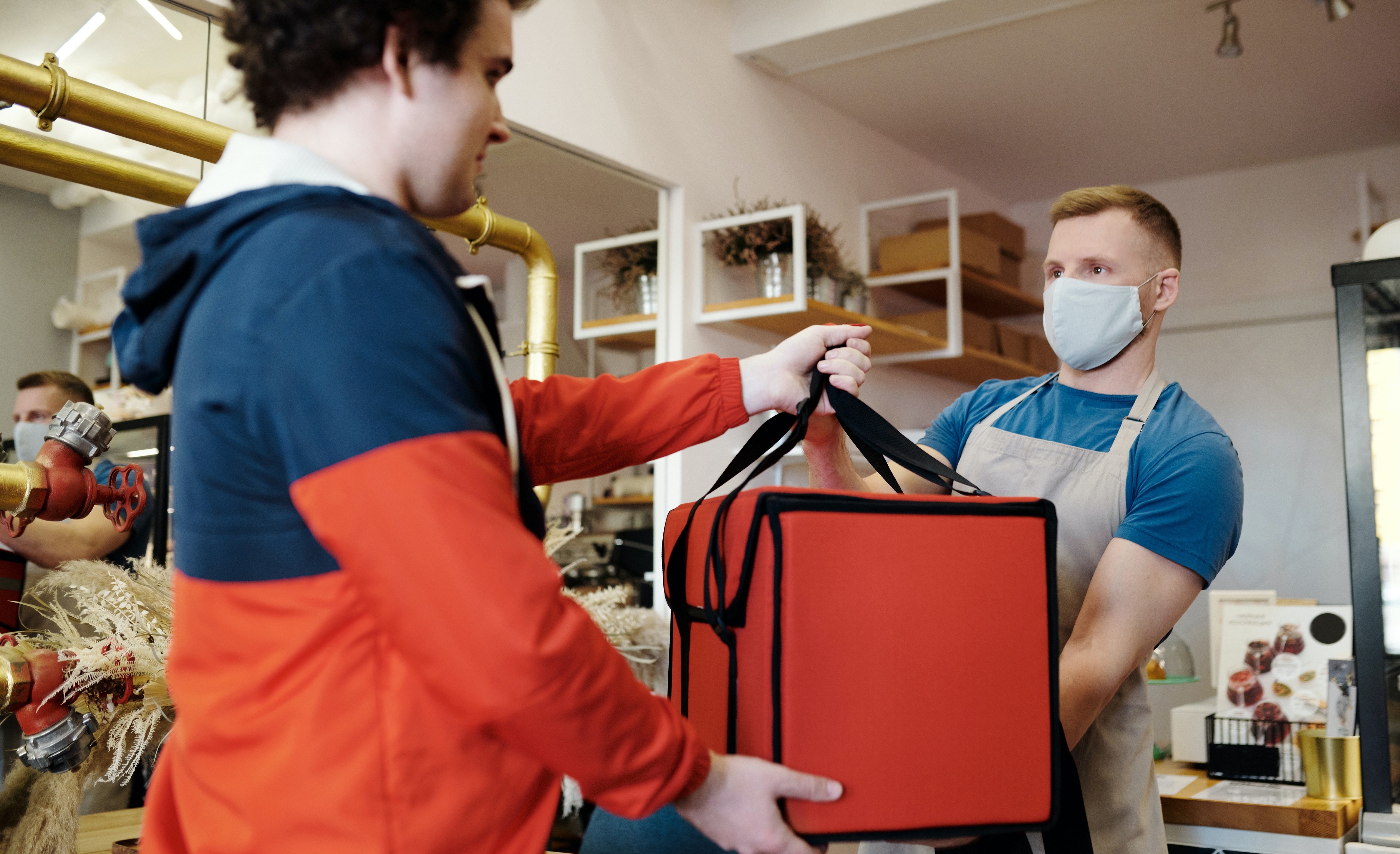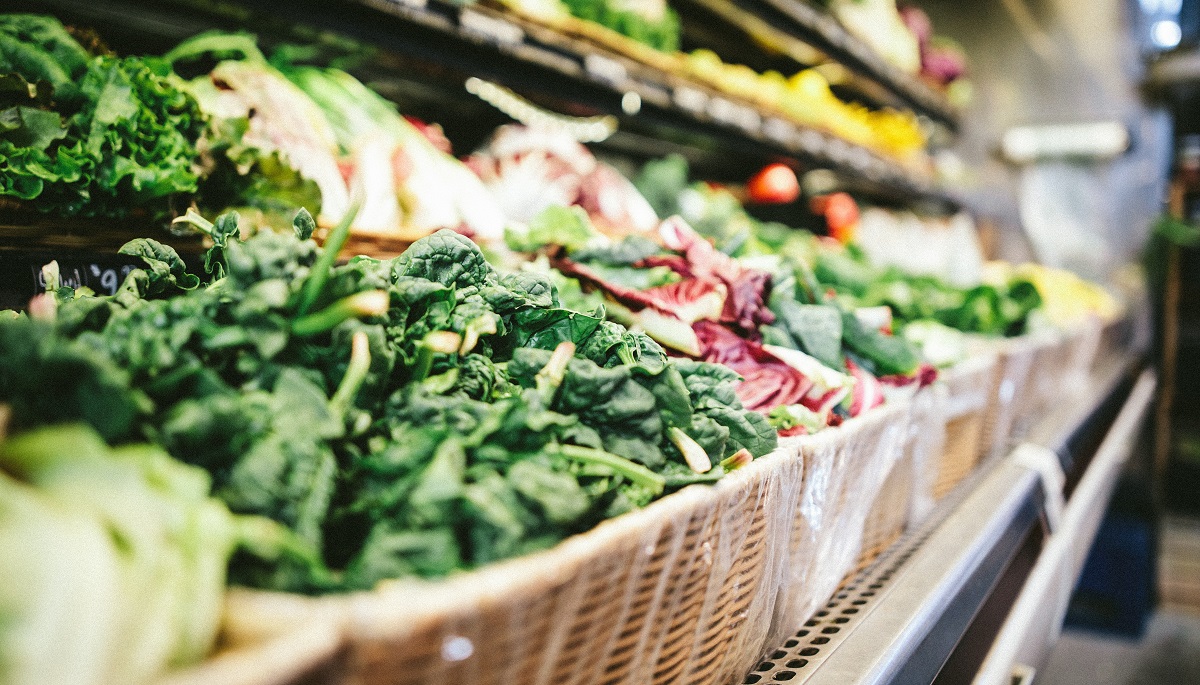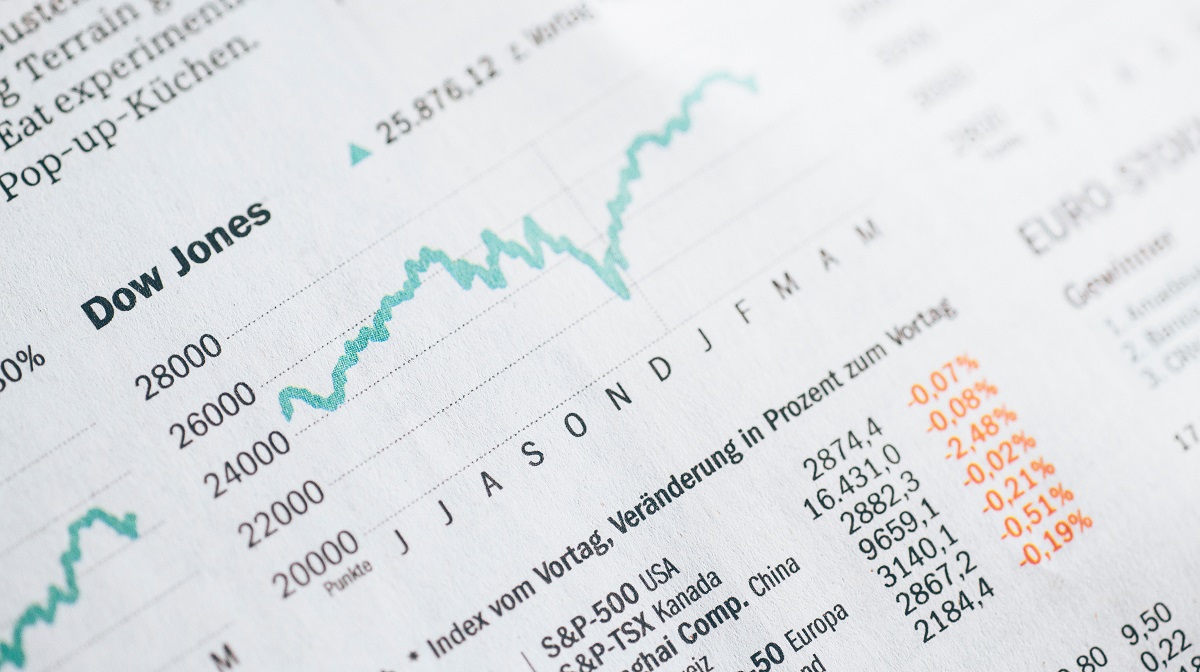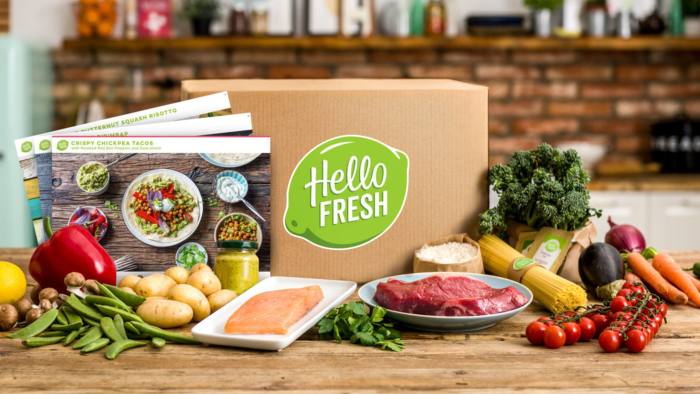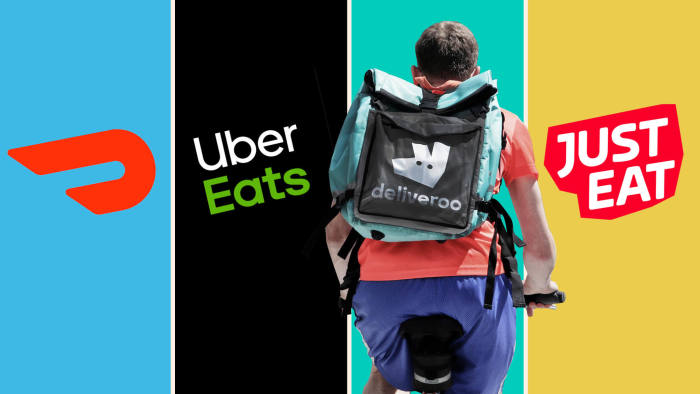When many Americans sheltered in their homes early in the coronavirus pandemic, meal delivery sales reached new heights. Our data reveals that in November, sales for meal delivery services grew 125 percent, collectively. Shelter-in-place orders may also be driving more Americans to make their first meal delivery purchase.
U.S. consumer spending has been altered by the coronavirus pandemic. Our data reveals that consumers are changing the way they pay for goods and services, with some industries seeing spending shift toward online purchases. Additionally, the pandemic has changed the types of purchases consumers are making, with stimulus recipients increasing their spending on big-ticket items.
Similar to categories like toilet paper, there have been meat shortages across the U.S. in the COVID-19 era. In response, many Americans turned to DTC meat companies, which experienced strong sales increases early in the pandemic.
When U.S. cities and states faced shelter-in-place orders to limit the spread of the coronavirus, Americans’ reduced mobility resulted in plummeting sales at rideshare companies. As rideshare is continuing to bounce back, in October, Uber sales were down 64 percent year-over-year and Lyft sales were down 66 percent year-over-year.
With COVID-19 cases continuing to rise nationwide, holiday shopping is expected to further transition away from brick-and-mortar stores and toward e-commerce. The shift to purchasing gifts online has strong implications for DTC wine subscription companies, which have historically experienced significant sales increases during the holiday season and have further exploded in popularity during the pandemic.
It’s prime time for online shopping. Earlier this year, Amazon announced that it would shift its annual Prime Day from mid-July to mid-October in response to the COVID-19 pandemic. New sales data shows that Amazon Prime Day 2020, which took place on October 13 and 14, outperformed previous Prime Days while also ushering in an increase in online sales at other major retailers.
U.S. consumer spending has been altered by the coronavirus pandemic. Our data reveals that consumers are changing the way they pay for goods and services, with some industries seeing spending shift toward online purchases. Additionally, the pandemic has changed the types of purchases consumers are making, with stimulus recipients increasing their spending on big-ticket items.
When U.S. cities and states faced shelter-in-place orders to limit the spread of the coronavirus, Americans’ reduced mobility resulted in plummeting sales at rideshare companies. As rideshare is continuing to bounce back, in September, Uber and Lyft sales were both down 67 percent year-over-year.
When many Americans sheltered in their homes early in the coronavirus pandemic, meal delivery sales reached new heights. Our data reveals that in September, sales for meal delivery services grew 125 percent year-over-year, collectively.
As some U.S. employers consider expanding the role of telework at their companies, many Americans may be working remotely indefinitely and have the freedom to flee COVID-19 hot zones in favor of greener pastures. By using grocery spending as a proxy for residency, transaction data reveals which of the states hardest hit by the pandemic are most likely to see residents leaving—and where they might be headed.
The coronavirus outbreak is prompting many Americans to forgo gatherings and non-essential activities, which is expected to lead to a drop in sales for ride-hailing and scooter companies. But, through February, sales data shows, it was largely business as usual.
The popularity of alcohol delivery services has skyrocketed with the introduction of pandemic-driven social distancing policies. Given the closure of bars across the country, consumers are turning towards more convenient alternatives to get their happy hour beverages. Within the alcohol delivery market, Drizly has set itself apart from the crowd.
U.S. consumer spending has been altered by the coronavirus pandemic. Our data reveals that consumers are changing the way they pay for goods and services, with some industries seeing spending shift toward online purchases. Additionally, the pandemic has changed the types of purchases consumers are making, with stimulus recipients increasing their spending on big-ticket items.
The struggling meal kit industry has flourished in the COVID-19 era. Whereas industry sales had previously fallen 6 percent in July 2019, the industry has gained tailwinds a year later, growing an average of 105 percent in July 2020. As shelter-in-place orders left many Americans with extra time for home cooking, a closer look at meal kit companies operating in the U.S. reveals that not all companies benefited from the lockdown demand surge.
COVID-19 has catalyzed sales growth in the telehealth industry, as patients turn to online doctors as a safer and more convenient way to receive medical advice. The industry has witnessed skyrocketing year-over-year growth since March 16, the week most states issued shelter-in-place orders, and has since sustained strong growth.
When many Americans sheltered in their homes early in the coronavirus pandemic, meal delivery sales reached new heights. Our data reveals that, through the end of July, sales for meal delivery services grew 150 percent year-over-year, collectively. Shelter-in-place orders may also be driving more Americans to make their first meal delivery purchase. In July, 33 percent of American consumers had ever ordered from one of the services in our analysis, up from 26 percent a year ago.
When U.S. cities and states faced shelter-in-place orders to limit the spread of the coronavirus, Americans’ reduced mobility resulted in plummeting sales at rideshare companies. Though rideshare is beginning to bounce back, in July, Uber and Lyft sales were down 72 percent and 68 percent, respectively, year-over-year.
Even staple categories like grocery are facing upheaval as COVID-19 continues to impact U.S. consumer spending. While grocers themselves have seen some shifts in spending behavior, the largest change has taken place among delivery services, which saw sales increase 146 percent year-over-year.
U.S. consumer spending has been altered by the coronavirus pandemic. Our data reveals that consumers are changing the way they pay for goods and services, with some industries seeing spending shift toward online purchases. Additionally, the pandemic has changed the types of purchases consumers are making, with stimulus recipients increasing their spending on big-ticket items.
The home fitness industry is growing rapidly, with several companies now offering interactive fitness hardware with subscription access to classes, private training, or workouts. High-tech at-home workouts have been increasing in popularity, and among select private companies in this space, recent growth has been impressive. Our data indicates that Q2 2020 saw nearly 780 percent more consumers purchasing versus Q2 2019. Not all of this growth is due to the pandemic.







